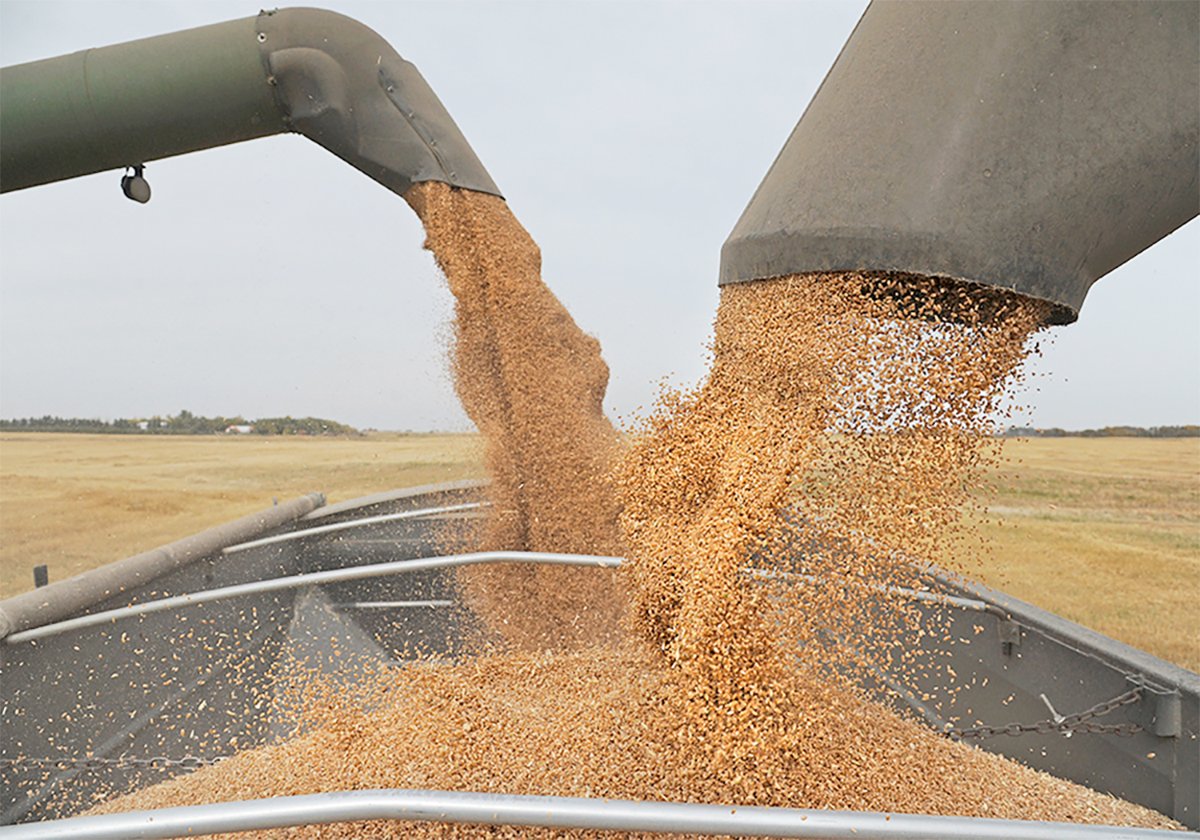Farmers on the Canadian Prairies were some of the first to use the 4Rs of fertilizer management. No one thought of it that way at the time.
The rest of the world didn’t care or wasn’t aware of occurrences on these 62 million acres of cropland. Now it’s a thing, but the world still doesn’t care, so long as it complies with other world views about agriculture and fertilizer use.
The 4rs are right time, right product, right place and right rate and they are the mantra for fertilizer application. But the 4Ws are also important and maybe, before governments and industry start deciding on fertilizer rules, they should consider those Ws.
Read Also

Agriculture productivity can be increased with little or no cost
There’s a way to enhance agricultural productivity with little or no cost. It doesn’t even require a bunch of legislative changes.
Where is fertilizer technology being applied? What is the technology being used? Who is paying for it? And why should government and industry be in charge of it?
Farmers in Western Canada began using the 4Rs because of the big E, economics.
Long before it was fashionable, producers were taking care of their soil and their inputs, including fertilizer. Over-application was avoided — not so buyers and food companies could tell consumers that they were pro-environment. And not to give Canadian federal or provincial governments flags to wave at international climate meetings or preach to non-farming voters.
Over-application was avoided so farmers could remain sustainable, meaning financially able to plant the next crop.
Farmers in Western Canada had to find ways to produce the most crop they could with the fewest dollars spent. Waste nothing, especially fertilizer. That focus led to continuous cropping, reduced tillage and technologies that encouraged such things as fertilizer banding and single pass seeding to avoid losses. In the process, they reduced soil erosion, improved fertility and were able to farm more acres with fewer people, machines and fuel.
Today, governments and industry are busy signing on to commitments and public partnerships to impose standards and best practices on farmers. Best for whom (another W)?
Experience tells us that farmers, given the right economic incentives, will reduce waste in ways that are best for their soil type, region and individual field. The Prairies are not a one-size-fits-all environment.
Public policy that suggests farmers should achieve a 30 percent reduction in fertilizer emissions is flawed. So are the bloviations of international bodies that falsely claim Canadian cereal producers are among the largest emitters of greenhouse gases in the world.
Each of those views should be deemed outrageous — loudly and publicly — by our nation’s agriculture ministers. Instead, crickets.
It is dangerous to over-simplify science, environment and agricultural production histories because of some overwhelming desire to assure the public that no-cost solutions to environmental issues are readily available.
Cutting 30 percent of fertilizer emissions, without cutting yields and food supplies, is not possible in a prairie farming context.
It is, however, possible to ensure that every pound of fertilizer is appropriately used by plants and with as few losses to the environment as possible. Providing incentives to producers will help. So will high fertilizer prices, as we already see.
Western Canadian farmers have changed their fertilizer use in recent decades and will continue to do so if economics, science and their own financial interests dictate. It needs to stay that way.
Karen Briere, Bruce Dyck, Barb Glen and Mike Raine collaborate in the writing of Western Producer editorials.















